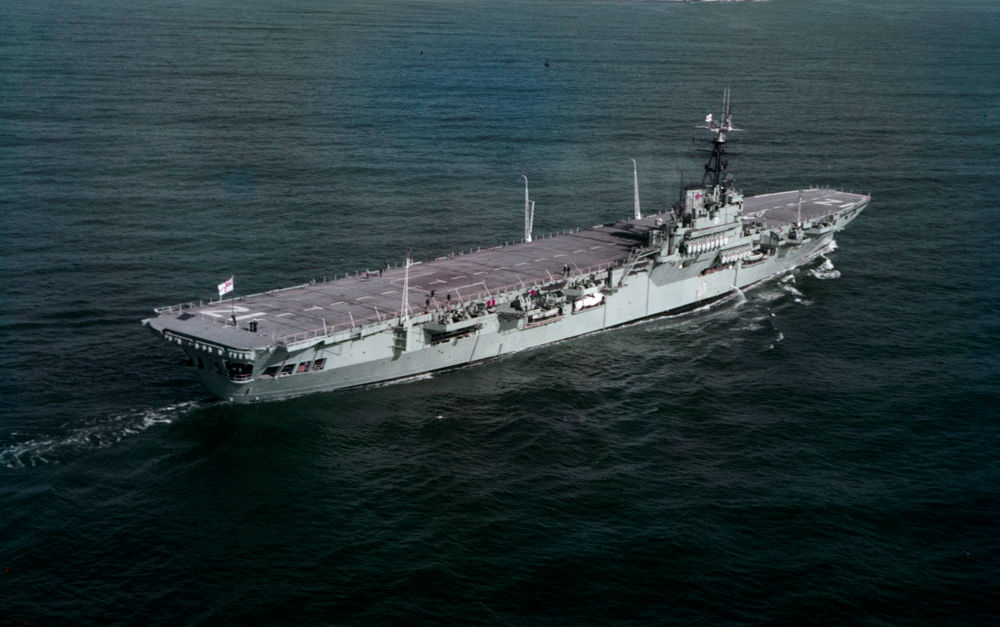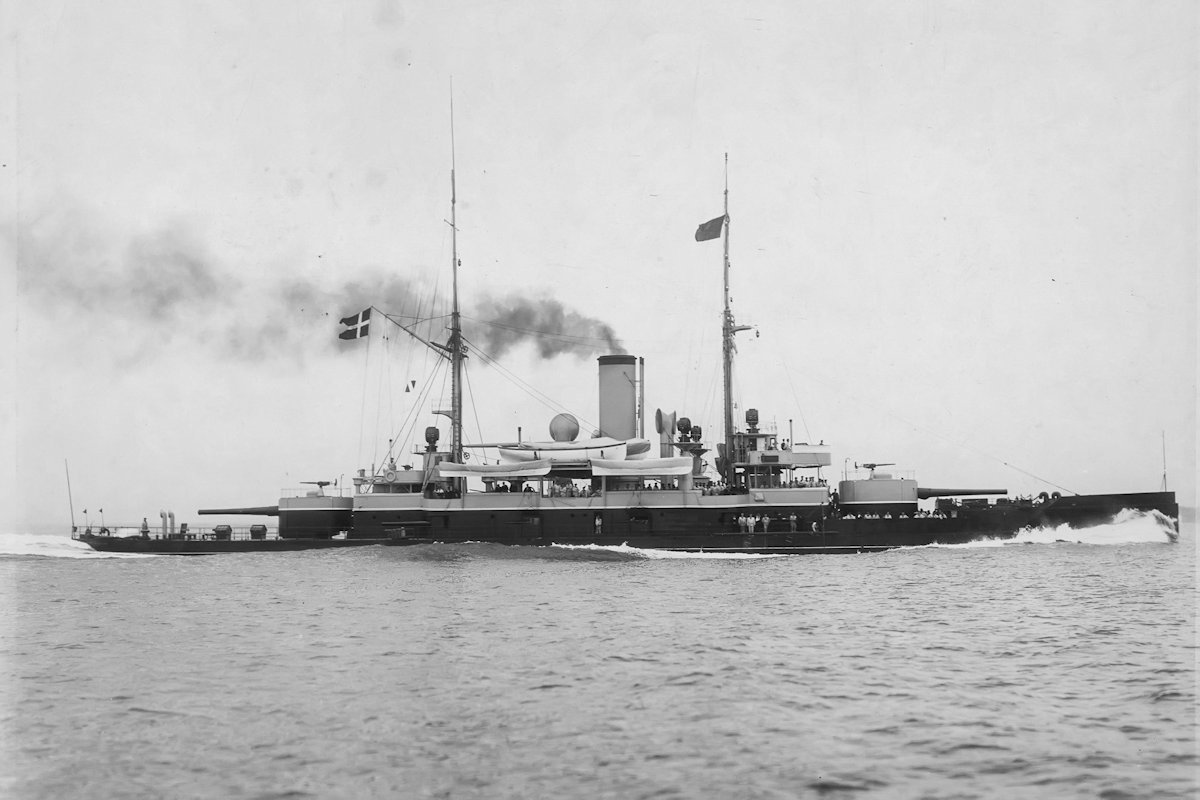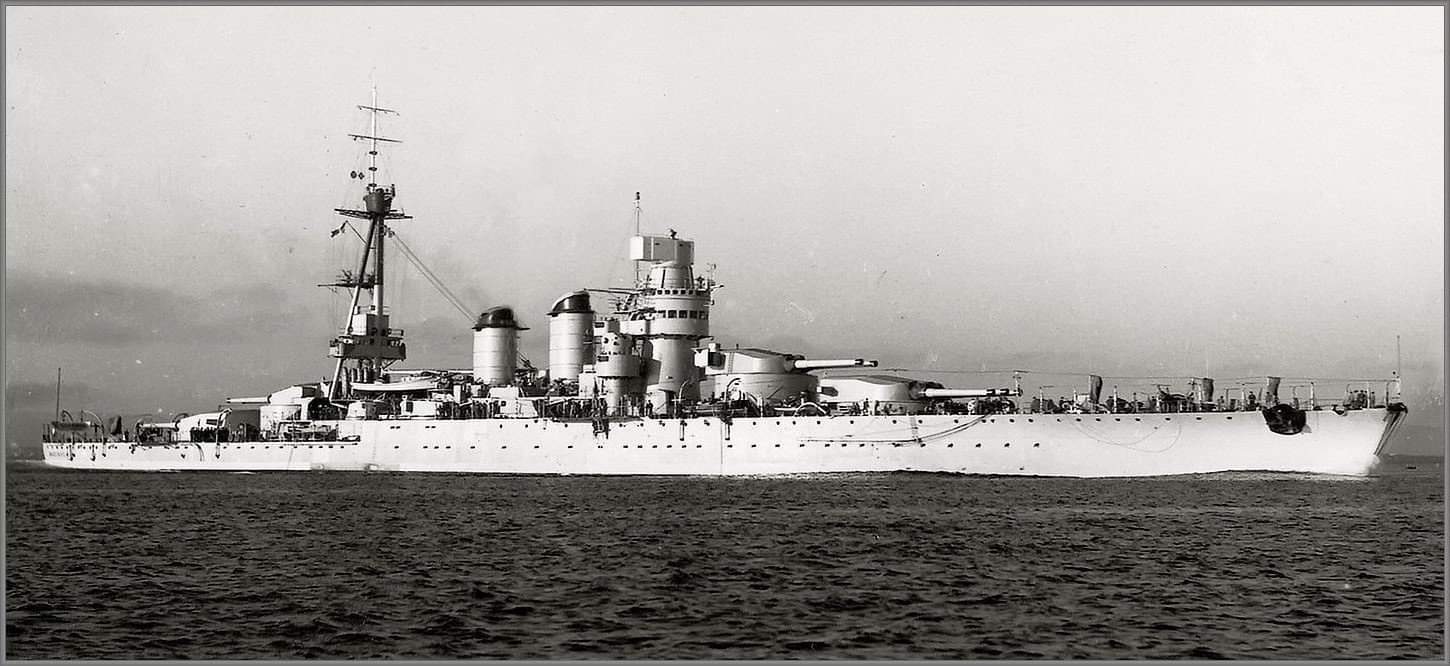Tag: Navy
-
Canadian Aircraft Carrier HMCS Magnificent

Canadian Aircraft Carrier HMCS Magnificent HMCS Magnificent was a Majestic-class aircraft carrier operated by the Royal Canadian Navy from 1948 to 1957. Towards the end of the Second World War, Canada anticipated the need for additional and larger aircraft carriers to operated in the Pacific against Japan. At this time it crewed two British Royal… Read more
-
Danish Coastal Defense Ship Olfert Fischer

Danish Coastal Defense Ship Olfert Fischer HDMS Olfert Fischer (1903) was a Danish coastal defense ship. The second of her class of three ships (including Herluf Trolle and Peder Skram), she was launched on 9 May 1903 and commissioned on 31 May 1905. She had an uneventful career, as Denmark remained neutral throughout World War One. Herluf… Read more
-
Italian Battleship Giulio Cesare

Italian Battleship Giulio Cesare Completed on 14 May 1914, Giulio Cesare was a Conte di Cavour-class dreadnought battleships built for the Regia Marina (Royal Italian Navy). She saw little service during the First World War, spending most of her time in port, ready to sortie if the Austro-Hungarian battlefleet sought a decisive engagement. During the… Read more